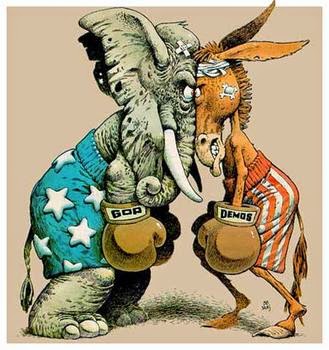
There is a long history and debate surrounding the legalization of raw milk in the United States. Michigan was the first state to require pasteurization of all dairy products sold to the public. A 2009 review of raw milk consumption found that 29 states allow some form of on- or off-farm raw milk sales, but only a few allow sales in grocery stores. CDC has documented fewer illnesses and outbreaks from raw milk in states that prohibit sales.
As demand for fresh raw milk from grass-fed cows rises, so do the calls for scrutiny.
Believe me when I say that governmental sights are set on all dairy producers as grounds for the next potential terrorist threat – more on that soon. Thank you Food Safety Modernization Act for that little gem…
The FDA has no interest in tests or certifications for raw milk, because it is always viewed as dangerous for lack of pasteurization. Instead, it uses taxpayer funds for lengthy sting operations to spring SWAT-style raids on Amish farmers and puts pressure on health departments to push out raw milk producers.
Thus, if a state is not one of the few states that allows for retail sales of unpasteurized milk from grass-fed cows or goats, consumers must go through roundabout hoops to get the product. Like buying it labeled as pet food or signing up for a private cow-share to …
People are searching for local raw milk. But when they go to the farm, or they go to the store, they really don't know what they're getting.
To achieve accountability, transparency and standards, he worked with epidemiologists, biologists and health professionals. Not just with a bent on “bacteria levels” but for the entire production process. Raw milk producers must go that extra mile for safety, cleanliness and a testing trail. Especially with agencies admonishing them, warning the public not to visit them and waiting in the wings to close production at the slightest infraction. The same harsh treatment, of course, does not apply if a large chicken product factory actually sickens nearly 600 people with salmonella and continues to sicken them today without even having to issue a recall.
Fun fact: Did you know that certified organic raw milk almost became the standard for all milk sold in the United States? Back during the “swill” milk disease outbreaks in congested towns lacking sanitation (late 1800s, early 1900s), two options were up for decision. Inspections leading to raw milk certifications or pasteurization. The New York Milk Committee of 1910 opted for pasteurization. Large companies also wanted a return on their investments in emerging pasteurization technology. The very real public health safety risk (caused by lack of sanitation and use of horses for transportation) was not rationally solved based on greater long-term health, but by short-term economic gains. See the Harvard Raw Milk Debate, starting at the 14-minute mark.
Legislation related to the sale and consumption of raw milk is regularly considered by state legislatures, and state raw milk laws change from time to time. The Real Raw Milk Facts working group has therefore put together a Legislation Packet to demonstrate the risk of raw milk, raw cheese and other raw dairy product consumption as compared to pasteurized dairy product consumption, and recommend against expanding the availability of raw milk/dairy products for retail sale.
Please Read this Article at NaturalBlaze.com





Leave a Reply